Revised Federal Edtech Plan Calls for Closing Digital Divides
Edsurge
FEBRUARY 26, 2024
These reports, some observers believe, mark a thoughtful step toward ensuring digital equity. The plan separates technological divides — barriers that block some students from full participation — into access, design and use. To some, the update was overdue. Even still, receding funds threaten to push schools backward.







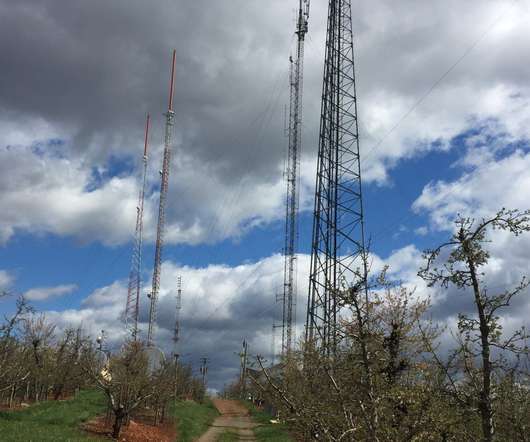

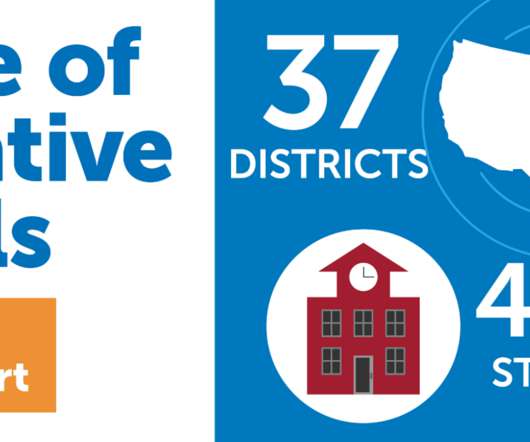





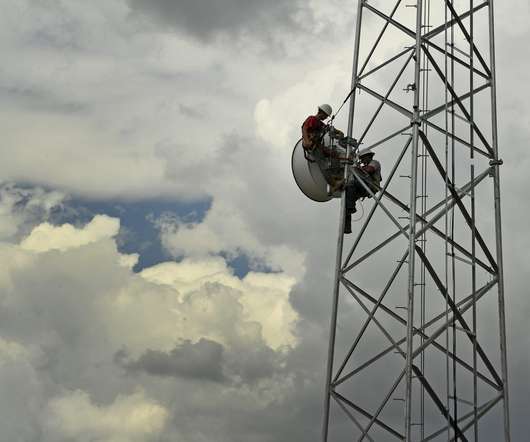







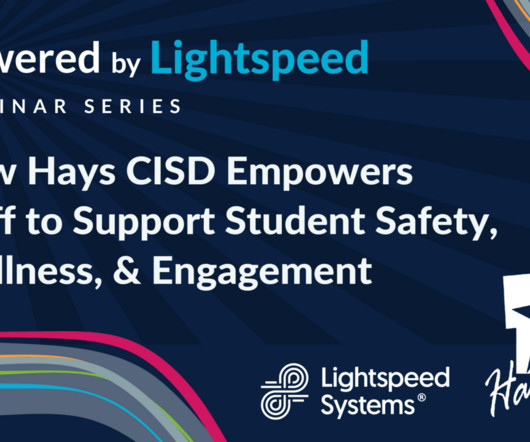
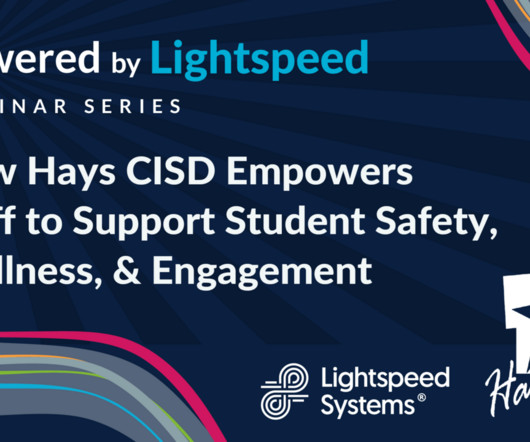

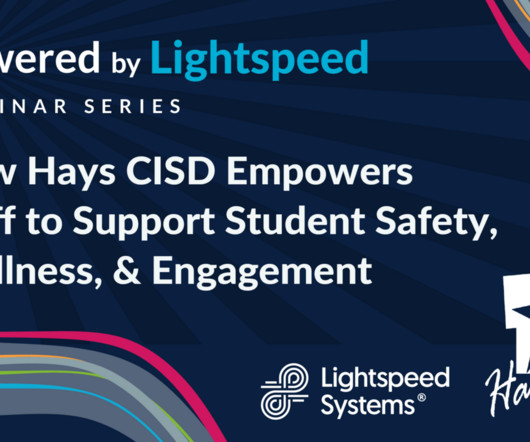
















Let's personalize your content